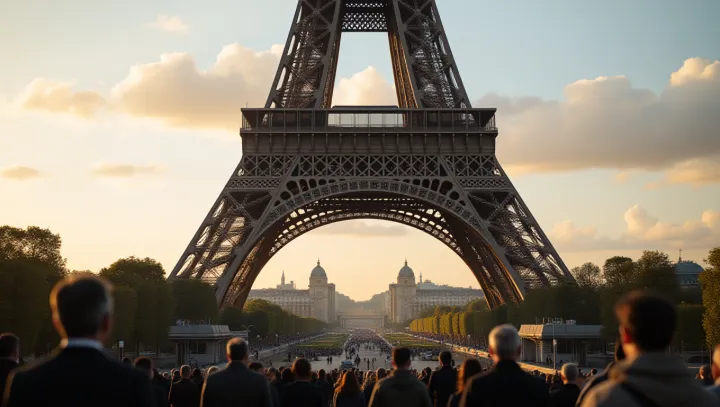Unveiling the Eiffel Tower

In the heart of Paris, the Eiffel Tower rises majestically above the city, embodying both artistic elegance and engineering marvel. Originally constructed between 1887 and 1889 for the World's Fair, the tower quickly became an emblem of French innovation. At the time of its completion, the structure was the tallest man-made edifice, made predominantly of wrought iron, standing 324 meters tall.
Its designer, Gustave Eiffel, faced initial skepticism from critics who doubted its aesthetic value and structural integrity. Despite initial controversies, the tower has transcended its utilitarian beginnings to become a cultural icon and a feat of modern engineering. It attracts nearly 7 million visitors each year, making it one of the most visited paid monuments in the world.
The Eiffel Tower's enduring appeal lies in its adaptability, having served various functions over the years, from a scientific laboratory to a radio transmission tower. Its image is now synonymous with romance, adventure, and the cosmopolitan aura of Paris itself. Experts agree on its sheer importance; Dr.
Emily Stokes, a historian specializing in 19th-century architecture, remarks, 'The Eiffel Tower encapsulates a transformative era in architectural design and urban planning. Its global influence remains unparalleled.'.
